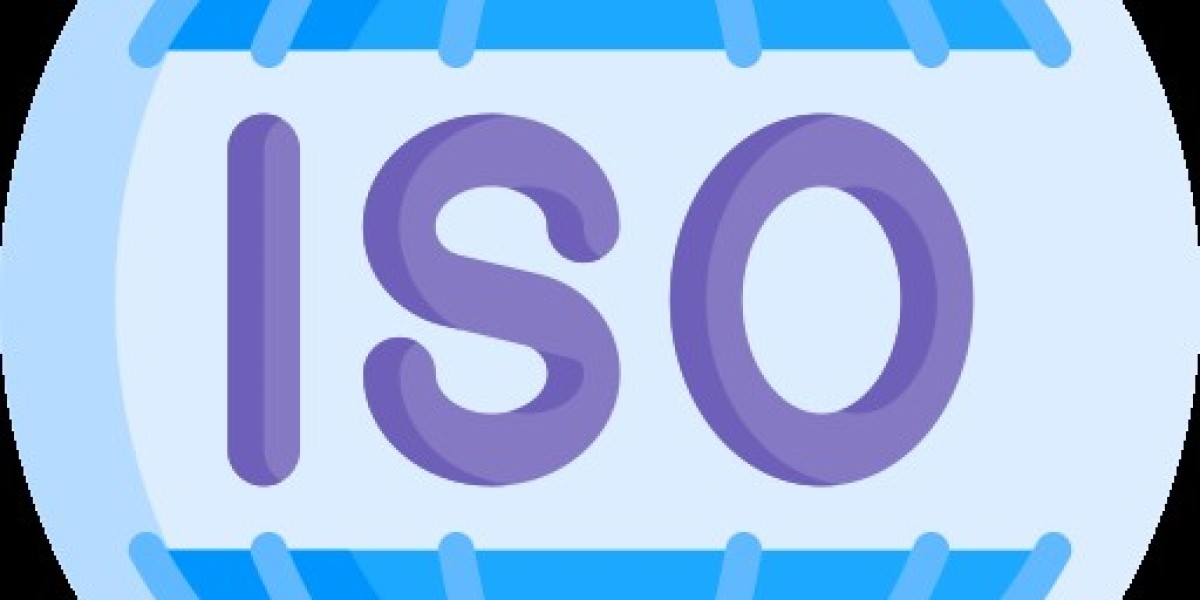Introduction
IT Service Management (ITSM) has evolved significantly over the past few decades, adapting to the ever-changing landscape of technology and business needs. At the heart of this evolution is the Information Technology Infrastructure Library (ITIL), a framework that has guided organizations in managing and delivering IT services effectively. As digital transformation reshapes the way businesses operate, ITIL continues to play a crucial role in helping organizations navigate this complex journey.
The Origins of ITIL
Early Days of ITSM
In the 1980s, as organizations became increasingly reliant on IT, the need for a standardized approach to managing IT services emerged. The British government, recognizing this need, developed ITIL as a set of best practices for IT service management. The goal was to create a framework that could help organizations improve the quality and efficiency of their IT services.
ITIL V1: The Foundation
The first version of ITIL, released in 1989, comprised a collection of books that covered various aspects of IT service management, such as service support and service delivery. These guidelines provided organizations with a structured approach to managing their IT operations, laying the groundwork for future versions of the framework.
ITIL's Evolution Through the Years
ITIL V2: Streamlining Processes
Released in 2001, ITIL V2 focused on streamlining and refining the processes introduced in the first version. It emphasized the importance of integrating IT service management processes into the overall business strategy. Key components of ITIL V2 included:
- Service Support: Incident management, problem management, change management, release management, and configuration management.
- Service Delivery: Service level management, capacity management, availability management, financial management, and IT service continuity management.
ITIL V3: The Lifecycle Approach
In 2007, ITIL V3 introduced a more holistic approach to IT service management, emphasizing the service lifecycle. This version focused on the entire lifecycle of IT services, from initial strategy and design to ongoing operation and continuous improvement. ITIL V3's five core publications were:
- Service Strategy: Defining the market and the delivery approach.
- Service Design: Designing services and processes to meet business objectives.
- Service Transition: Managing change, risk, and quality assurance.
- Service Operation: Ensuring effective and efficient service delivery.
- Continual Service Improvement: Ongoing improvement of services and processes.
ITIL 4: Adapting to Digital Transformation
Released in 2019, ITIL 4 reflects the rapidly changing digital landscape and the need for organizations to be more agile and adaptable. ITIL 4 integrates modern practices such as DevOps, Agile, and Lean, emphasizing collaboration, automation, and continuous improvement. Key aspects of ITIL 4 include:
- The Service Value System (SVS): A holistic approach that includes guiding principles, governance, service value chain, practices, and continual improvement.
- The Four Dimensions Model: Ensuring a balanced approach by considering organizations and people, information and technology, partners and suppliers, and value streams and processes.
The Role of ITIL in Digital Transformation
Supporting Business Agility
Digital transformation demands that organizations become more agile and responsive to changing market conditions. ITIL 4 supports this by providing a flexible framework that can be adapted to different organizational contexts. By integrating practices from Agile, DevOps, and Lean, ITIL 4 helps organizations streamline their processes and improve collaboration between IT and business teams.
Enhancing Customer Experience
In the digital age, customer experience is paramount. ITIL 4 emphasizes the importance of delivering value to customers and aligning IT services with business goals. By adopting a customer-centric approach, organizations can ensure that their IT services are designed and delivered to meet the needs and expectations of their customers.
Driving Continuous Improvement
Continuous improvement is a core principle of ITIL 4, encouraging organizations to regularly assess and enhance their processes and services. This iterative approach helps organizations stay competitive in a rapidly evolving digital landscape. By leveraging tools such as key performance indicators (KPIs) and service level agreements (SLAs), organizations can measure their performance and identify areas for improvement.
Integrating ITIL with Modern Practices
ITIL and DevOps
DevOps is a set of practices that combines software development (Dev) and IT operations (Ops) to shorten the development lifecycle and deliver high-quality software continuously. ITIL 4 complements DevOps by providing a structured approach to managing IT services and ensuring that changes are implemented smoothly and effectively. Key integration points include:
- Change Control: ITIL's change management processes can be integrated with DevOps practices to manage changes in a controlled manner.
- Incident Management: ITIL's incident management processes can be used to handle incidents in a DevOps environment, ensuring that issues are resolved quickly and effectively.
- Continual Improvement: Both ITIL and DevOps emphasize continuous improvement, creating a culture of ongoing enhancement and learning.
Best Practices
- Tailor ITIL to Your Organization: Customize ITIL practices to fit your organization's unique needs and context. Avoid a one-size-fits-all approach.
- Foster a Culture of Collaboration: Encourage collaboration between IT and business teams. Use cross-functional teams to implement and manage ITIL practices.
- Focus on Value Delivery: Keep the focus on delivering value to customers and aligning IT services with business goals. Use metrics and KPIs to measure performance and drive improvement.
- Invest in Training and Development: Provide training and development opportunities for employees to build their skills and knowledge in ITIL and related practices.
Conclusion
The evolution of IT service management, guided by the ITIL framework, has been instrumental in helping organizations navigate the complexities of the digital age. As businesses undergo digital transformation, ITIL continues to provide a valuable framework for managing IT services, enhancing customer experience, and driving continuous improvement. By integrating modern practices such as DevOps and Agile, ITIL 4 ensures that organizations remain agile, customer-centric, and capable of delivering high-quality IT services in an ever-changing digital landscape.
窗体顶端
窗体底端








